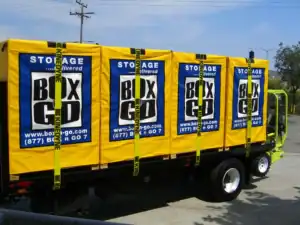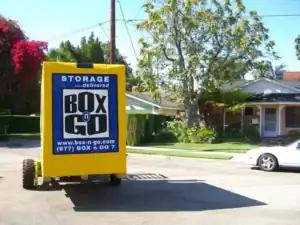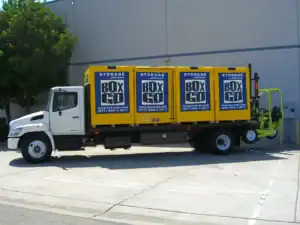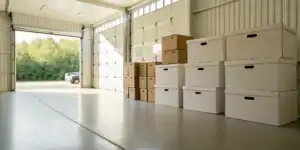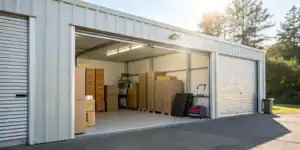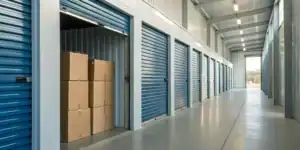Did you know that over 70% of households in Sherman Oaks require additional storage space at some point? Whether it’s due to a move, decluttering, or simply needing a safe place to store valuable items, the demand for reliable storage solutions is on the rise. Finding affordable storage that doesn’t compromise on security can be […]
